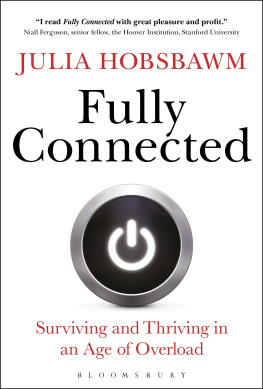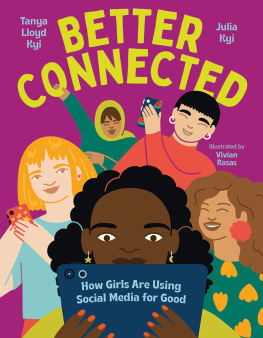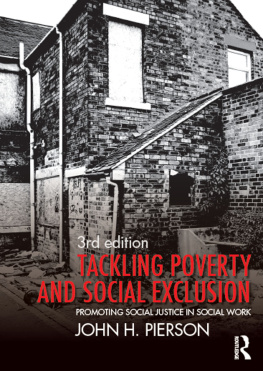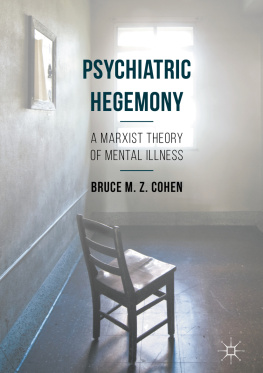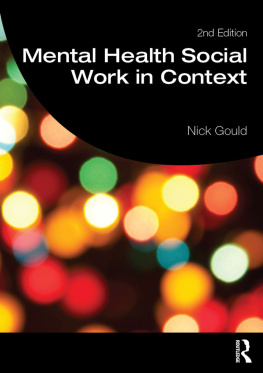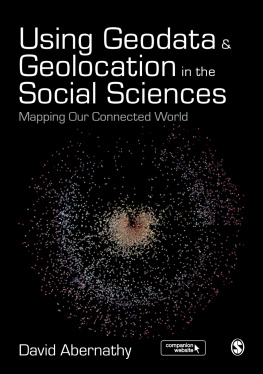
FULLY CONNECTED
For my husband Alaric and our beloved family:
Roman, Anoushka, Wolfie and their big siblings Rachael and Max.
And for my great Sister-Friend, Jessica Morris.
PRAISE FOR FULLY CONNECTED
I thoroughly enjoyed Fully Connected. Amazing insights on a subject critical to modern working and living. I wholly endorse it, not just as a must-read but also as a much-needed compass to navigating the 21st century workplace.
Dambisa Moyo, Economist and Author
Julia Hobsbawm is the unofficial UK Queen of Networking, but she understands that networking is about much more than lunches and parties. As a student of networks in history, I read Fully Connected with great pleasure and profit.
Niall Ferguson, senior fellow, the Hoover Institution, Stanford University
Julia cares passionately about relationships and networks and it shows. With loving precision and insight, she examines, describes and waxes lyrical about their power. She shows how our networks create or destroy our social health, distract us or support our creativity. She brings her whole authentic self to her narrative, and through her reflections and thoughts we learn more about her story, reflect on our own story, and think more deeply about the world we live in. Brimming with ideas and insights fascinating, intriguing, thoughtful.
Lynda Gratton, Professor of Management Practice, London Business School
I am buzzing about this book. Really outstanding.
William Eccleshare, President and CEO, Clear Channel International
This is one of those brilliantly insightful books everyone has to read to understand the zeitgeist.
Baroness Helena Kennedy QC, Principal, Mansfield College Oxford
Fully Connected is the most profound book about connectivity published this century. Hobsbawm nails it. Shes the Marshall McLuhan of our always-on age.
Andrew Keen, author of Digital Vertigo and The Internet is Not The Answer
Julia Hobsbawm reminds us that social media and social networks are about human connections not technology. She wants us to see that stilling the shrill voices of tech will connect us better. Fully Connected is a very good read.
Stephan Chambers, The Marshall Institute, London School of Economics
Our social networks are both huge opportunities and lurking dangers, depending on how we manage them. Julia Hobsbawms stellar new book, Fully Connected, pinpoints their pervasive effects on what and who we know, what jobs we get, our political views, our health and wellbeing, and more and then tells us to improve our social health. A must-read for individuals and policy makers alike.
Professor Herminia Ibarra, INSEAD
A great read, which provides fascinating insights into how connectivity is changing our lives and how we can thrive in a Fully Connected world.
Ian Goldin, Professor of Globalisation and Development at the University of Oxford

I am OK but have too much to do
crazy things I said Id do long ago seem to be crowding around
I cant get those long calm necessary pieces of time.
IRIS MURDOCH
CONTENTS
The spreading rate
One spring day in 2014, a young woman called Louise Kamano walked to the river from her home near the town of Guckdou in a corner of Guinea, in equatorial West Africa. Bad things were happening to people around her and she was scared. She crossed the river Moa by water taxi. No-one stopped her at the border. This land was full of crocodiles and AK47s, but Louise had something more dangerous to contend with. Although she had no visible possessions with her, something was concealed within her body something she did not realise or understand. As she stepped out of her dugout canoe and onto dry land in neighbouring Sierra Leone, she unwittingly brought one of the deadliest communicable diseases known to humankind into a nation with a population of six million people. Louise Kamano was infected with Ebola.
From one nation to another: in total six West African countries would lose 11,000 people between them in the space of a single year to Ebola.
Society is underpinned and connected by a mosaic of networks. We do not even notice them most of the time. Networks are the structures animal, plant, machine and human that carry everything from gossip to megabytes, timber to telecommunications. And illness. Some networks are weak and fizzle out this happened with the original outbreak of Ebola in 1976 because it was in a remote area which was contained. All networks spread faster with an accelerant. In the case of HIV, it is unprotected sex. In the case of the Zika virus, it is the water on which mosquitoes breed. The accelerant is often social: poverty, for instance, such as people with no choice but to drink infected water. With Ebola, the accelerant was people just people being alive and connecting with each other.
The
In close-up, a highly-magnified picture of EVD, or Ebola virus disease, looks strangely beautiful. The diseased cells form clusters of blue and pink, tightly wound together in overlapping, porous, sticky clumps. These cells give rise to high fever, intense vomiting, diarrhoea, bleeding and damage to the central nervous system. The body reaches peak contagion in the final days before, during and immediately after death. The incubation period is up to 21 days. Epidemiologists refer to what happens to others during this incubation period as the diffusion or spreading rate. Roughly half of the people infected with Ebola survived. Louise Kamano was one of them. But in surviving, she wreaked havoc on those around her.
Criss-crossing home and rejoining her family network, Louise Kamano is thought to have passed the illness to the respected local healer, Finda Nyuma, who succumbed and later died. The funeral was very well attended. People came from far and wide. The ritual in West African communities such as those in Guinea is to wrap and caress the body, to touch and kiss it, and send it safely on to the afterlife. Rituals, as sociologist Richard Sennett reminds us, transform objects, bodily movements or bland words into symbols. Funerals, the most potent symbol of connection, lit the touchpaper for Ebolas spread and are a reminder of what fully connects us in life and at death: love.
Human networks survive and thrive on information spread. Bad communication and miscommunication can prove deadly. The World Health Organization was famously slow to heed the warning bells being rung repeatedly and bravely by the smaller, more agile charity Mdecins Sans Frontires, which urgently called for field hospitals, quarantine, soap and hydration (there was no vaccine). Their early warnings were all but ignored. WHO later tried to catch up but for many it was too little, too late.
Regional politicians also fatally mismanaged and miscommunicated with others and with themselves. It is believed that Louise was on a list of people exposed to Ebola but that the authorities did not quarantine her. They were looking at the bigger picture how would it look to the outside world if they shut themselves off? These were some of the worlds poorest countries, desperate to show an open for business face to the world. Not understanding that some who appeared well were in fact incubating the virus, they reasoned wrongly. They decided not to count her at all. Louise herself was running away because everyone in her village mistook the Mdecins Sans Frontires volunteers in their protective clothing as white witchcraft. This falsehood accelerated through the community as fast as Ebola itself.
Next page
